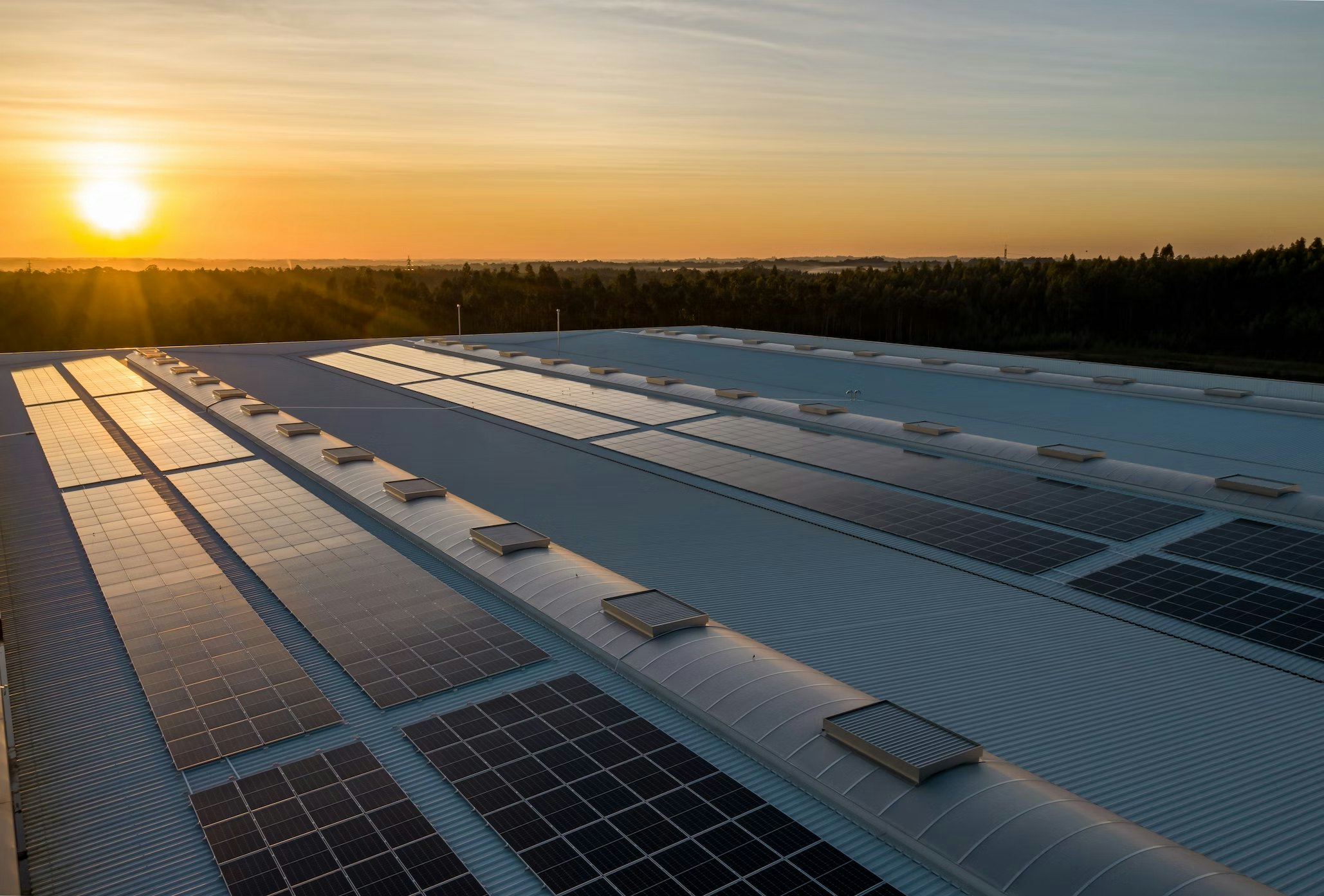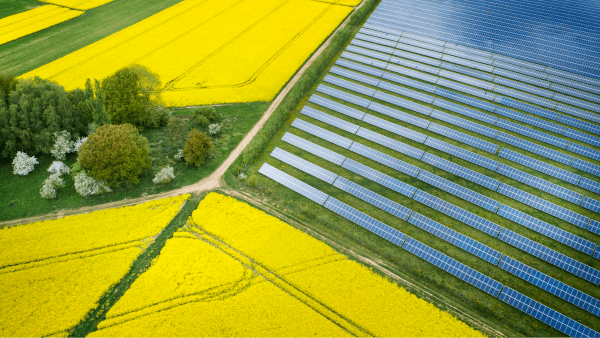Unpacking the true cost of fossil fuels

One of the frequent criticisms about renewable energy is that it’s more expensive than energy generated from fossil fuels. Going renewable just doesn’t make financial sense, critics say. Well, it’s time to debunk the naysayers with some facts about the cost of renewable energy — and the true cost of fossil fuels.
Want more content like this? Sign up to receive our Greater Grid newsletter!
Renewable energy costs less than even the cheapest fossil fuels
When it comes to the cost of new power generation, onshore wind and solar are now the cheapest sources of energy, even less than gas or coal. Onshore wind and solar with storage can cost as little as $0.04 per kilowatt-hour (kWh), while fossil fuels can cost up to $0.22 per kWh.
This year, the International Renewable Energy Agency (IRENA) found that nearly all of US coal capacity (99%!) costs more than renewable energy capacity. IRENA found that “the cost of either new wind or solar is at least 30 percent cheaper than the cost of running more than three-quarters of existing U.S. coal plants.” In fact, their study found not only that renewables are far cheaper than coal, but also that “replacing coal plants with local wind and solar would… generate $589 billion in new investment across the U.S.”
It’s true that renewable energy used to be more expensive. But as technology has improved, the cost to construct new generation has dropped dramatically. IRENA reports that the cost to construct new solar installations has come down 90% in the last decade while the wind turbine prices have dropped by 49-78% over that same span, making renewable energy cost-competitive.
For proof of the growing cost benefit of renewables, look no further than this comparison of solar power generation over the last 60 years from Our World in Data. Compare, for instance, 2002 with 2022 — the data tells the story of renewable growth combined with increasing affordability.

Another reason that clean energy has become cheaper than fossil fuels? The energy sources themselves — the sun, the wind, hydropower — don’t cost a thing. Can’t say the same thing about an oil well.
Fossil fuels cost us a lot in other ways
Even if energy from fossil fuels didn’t cost more to generate, it comes with a lot of other costs.
Price volatility and energy insecurity
Energy from fossil fuels is subject to the whims of global fossil fuel markets. That’s something we’re all too familiar with these days. Global events, from the pandemic to Russia’s invasion of Ukraine, have sent energy prices on a rollercoaster over the past few years. The cost of electricity rose at double the rate of inflation last year, and costs per kWh jumped 14.3% from 2021.
Health costs
Burning fossil fuels doesn’t just release greenhouse gasses, it also releases other forms of pollution, including particulate matter. Why is that important? Because it can cause negative health effects, including respiratory problems like asthma and reduced lung function, heart disease, premature births, and premature deaths. Last year, the Lancet found that air pollution continues to be responsible for nine million deaths per year, or about one in six deaths worldwide. Burning fossil fuels is a huge contributor to that air pollution. And those health effects disproportionately affect communities of color and low-income communities.
Of course, health problems come with their own price tags. We already know that the economic and health costs of air pollution from burning fossil fuels tops $8 billion per day globally. The American Lung Association reported last month that transitioning away from fossil fuels to clean energy could have public health benefits totaling $978 billion in the United States by 2050.
Environmental costs
Last but certainly not least, burning fossil fuels for power and transportation is a huge source of the greenhouse gas emissions that cause global warming. Together, transportation and electricity account for more than half of greenhouse gas emissions in the US.
Global warming is directly tied to increased extreme weather events and natural disasters. Climate-fueled natural disasters cost the US $165 billion in 2021. In the last five years, climate disasters have cost us a total of $595.5 billion. That’s one-quarter of the total disaster cost of the last 42 years.
Be part of the clean energy transition from home
So what can you do with all this information? In short, you have the ability to affect change. And with the advent of the Inflation Reduction Act (IRA), anything you do to fight fossil fuels matters. As The Washington Post put it, “If Americans take full advantage of [IRA] programs, the results could be profound.”
But one solution we’re very excited about — our CEO, Kiran, even calls it “the best energy product out there” — is community solar. With community solar, you subscribe to a share of a local solar farm instead of installing your own rooftop panels. That’s one of the reasons we love it — it’s available to anyone who pays a power bill.
Your solar farm puts renewable energy right into your state’s power grid, decreasing the need for energy from fossil fuels. It’s one of the most direct actions you can take to help kick fossil fuels out of the power supply. As an added bonus, you’ll save on your power bill thanks to solar credits.
A number of states have started community solar programs to encourage the development of clean energy. Check if yours is one of them!

Ready to make an impact? Sign up for Arcadia community solar today!
Get started

